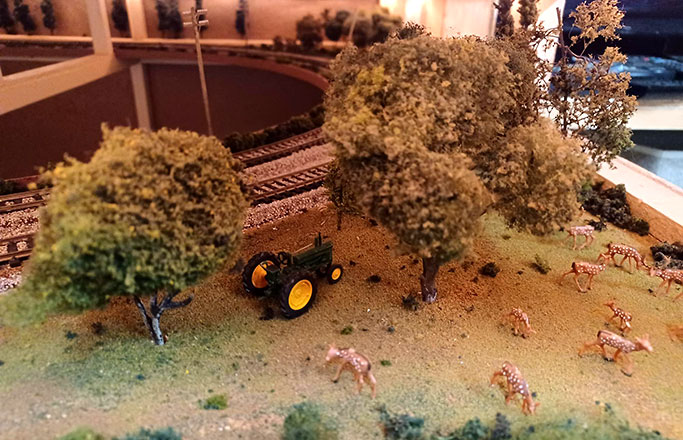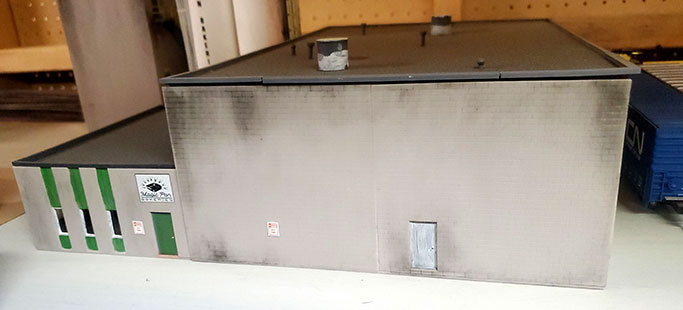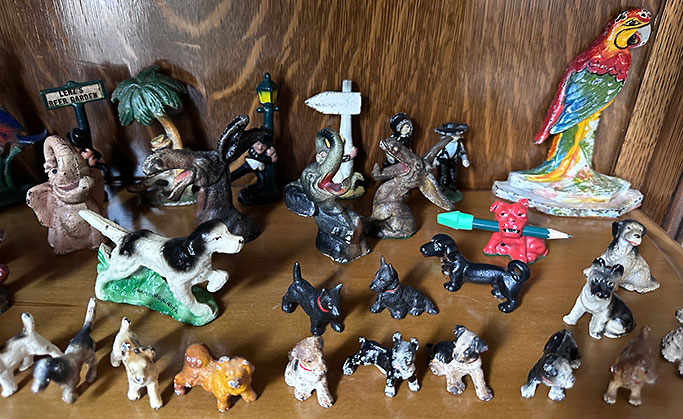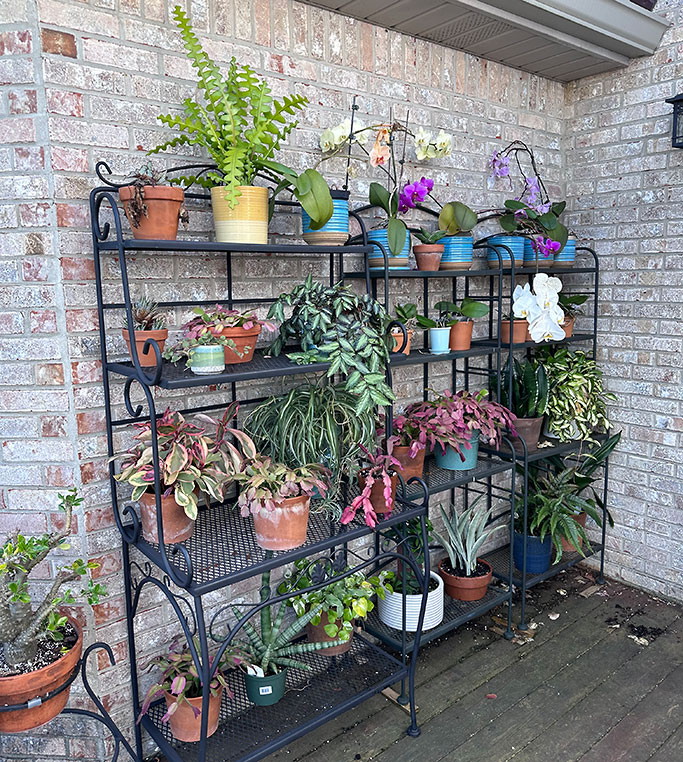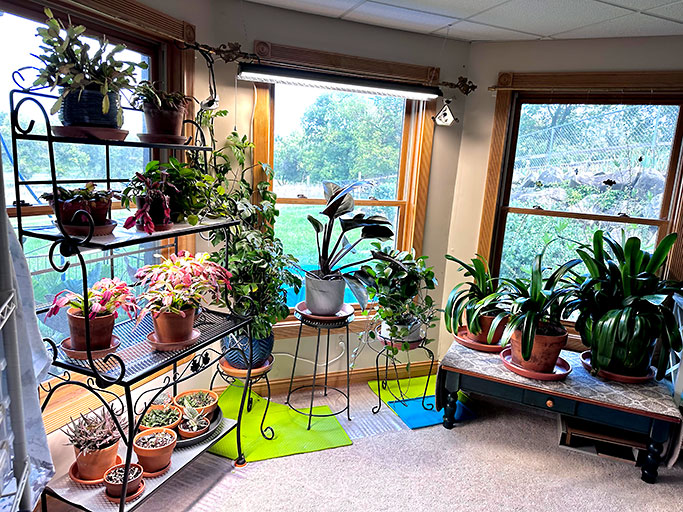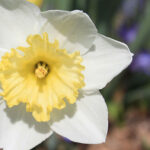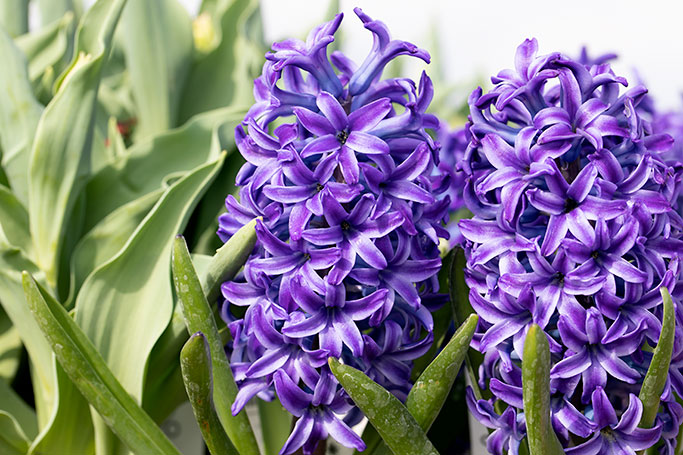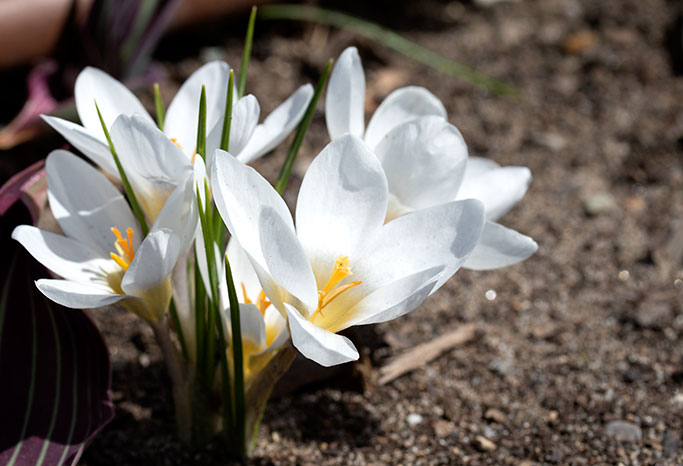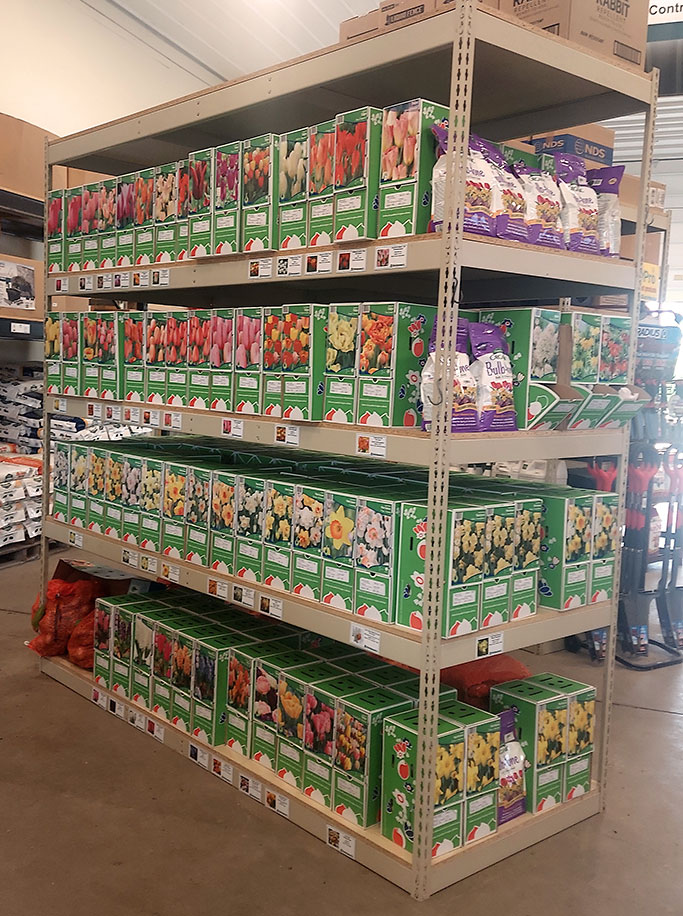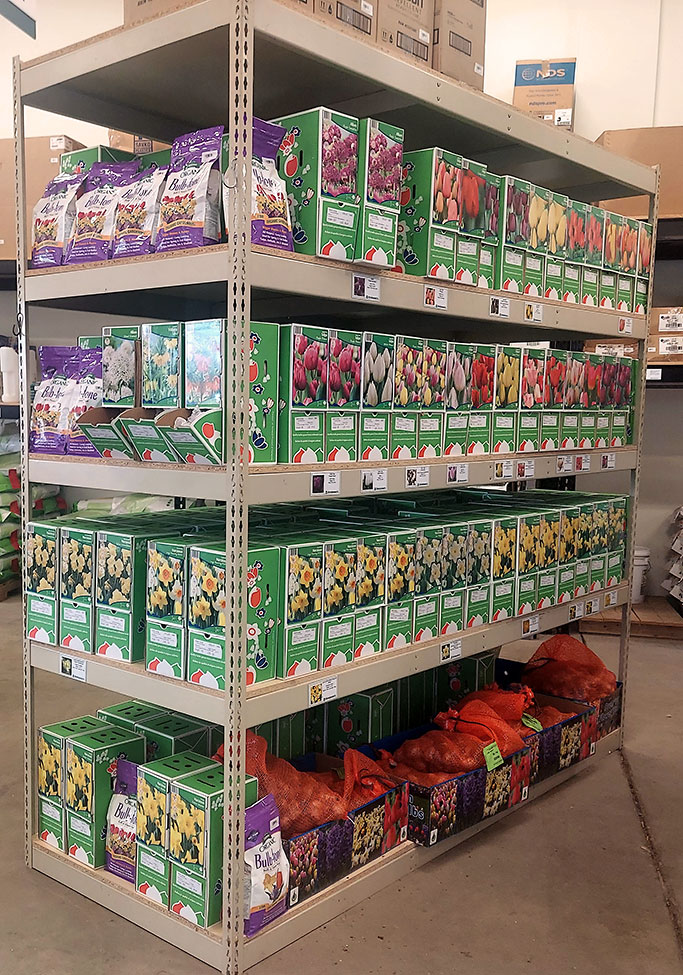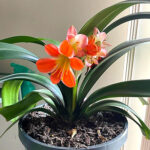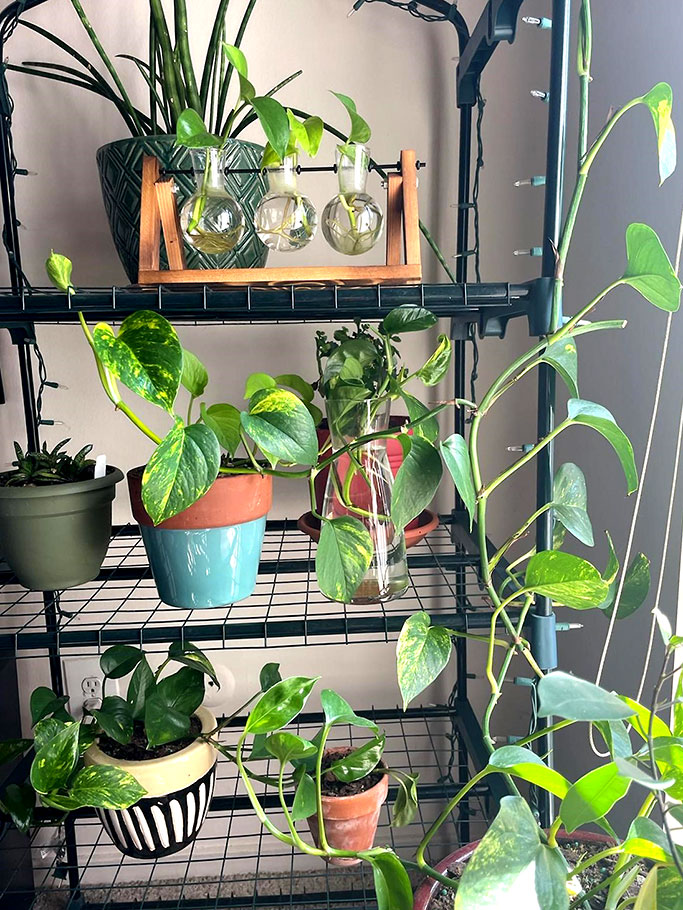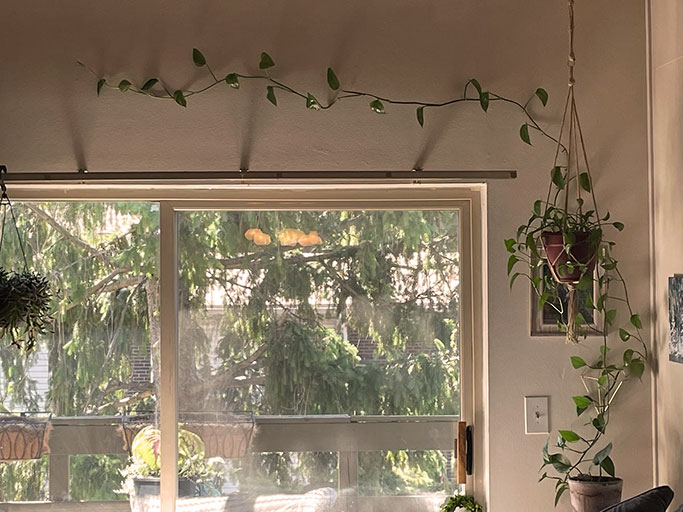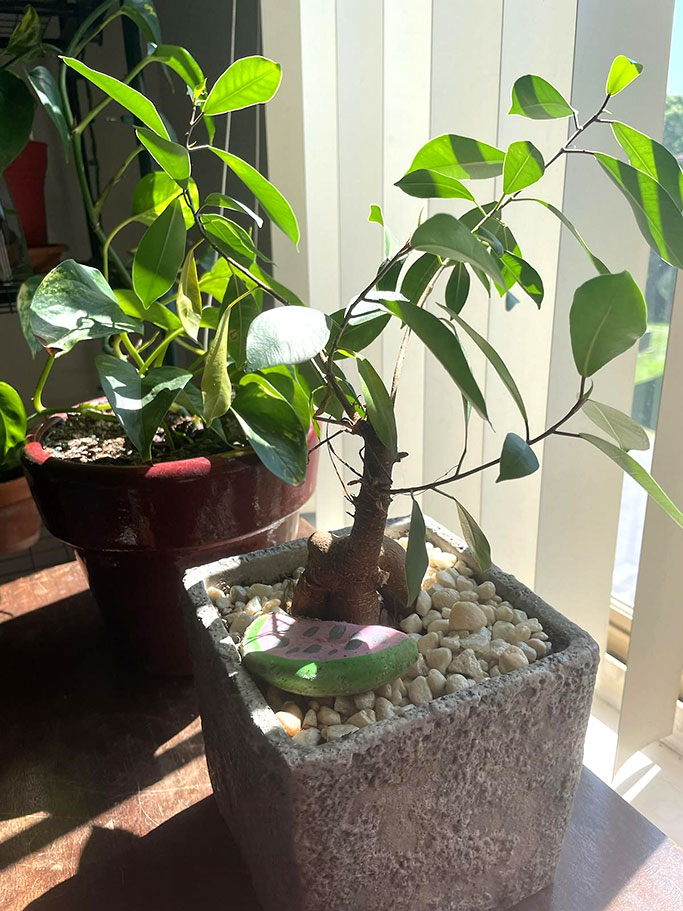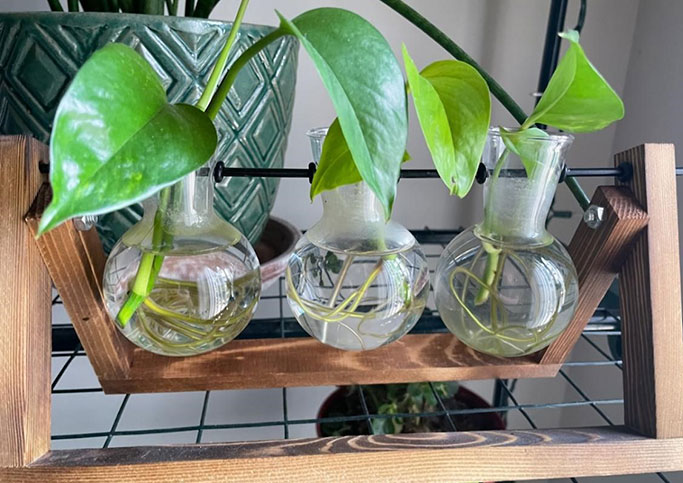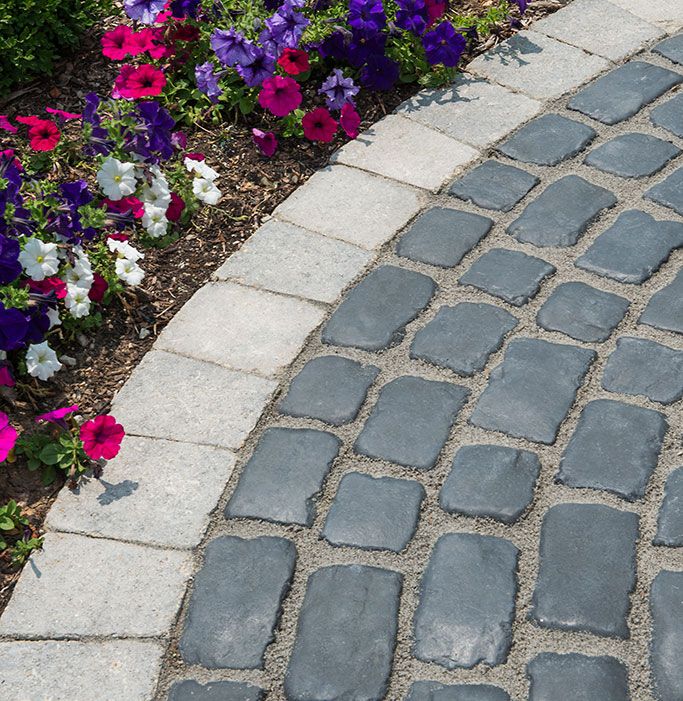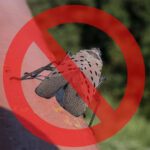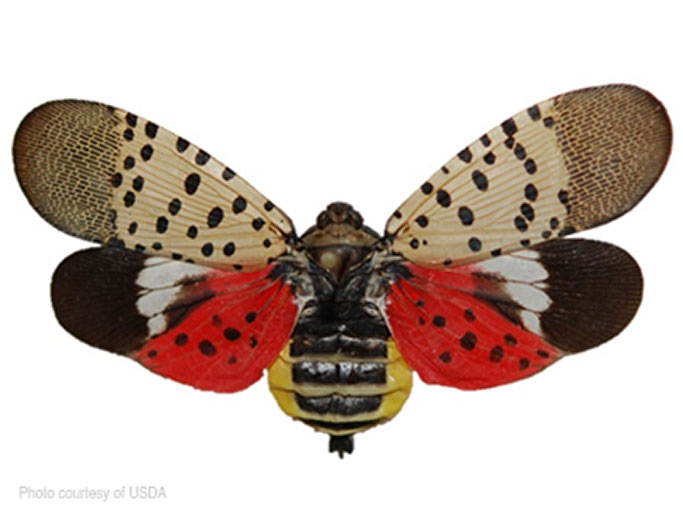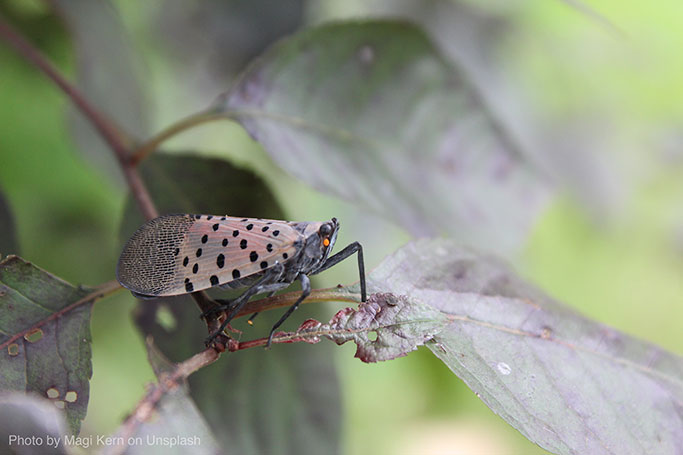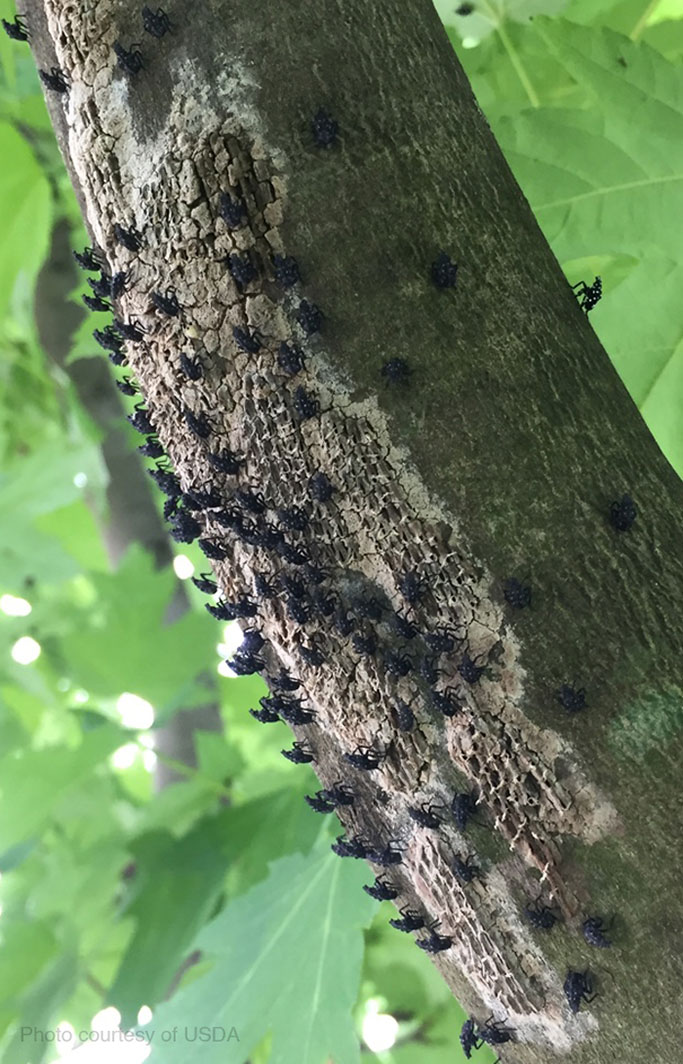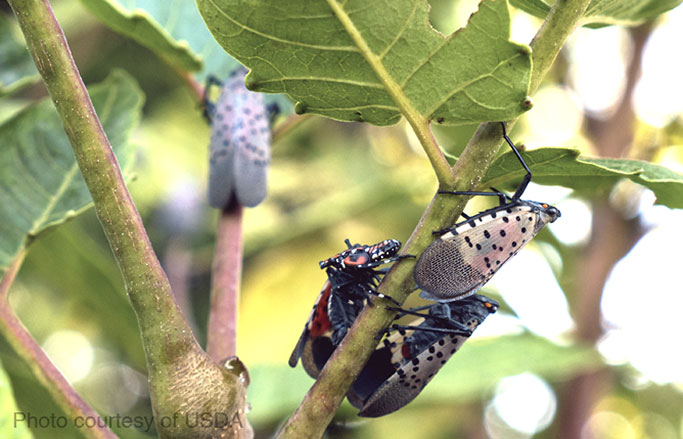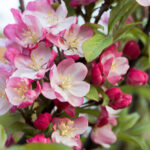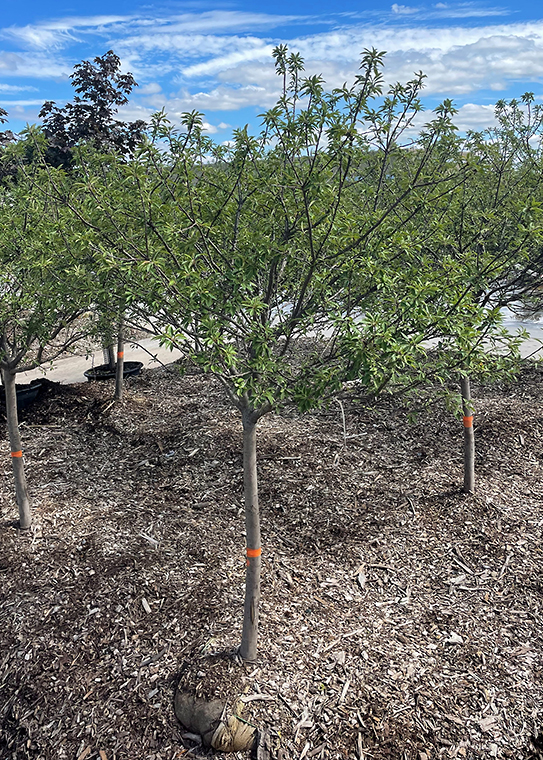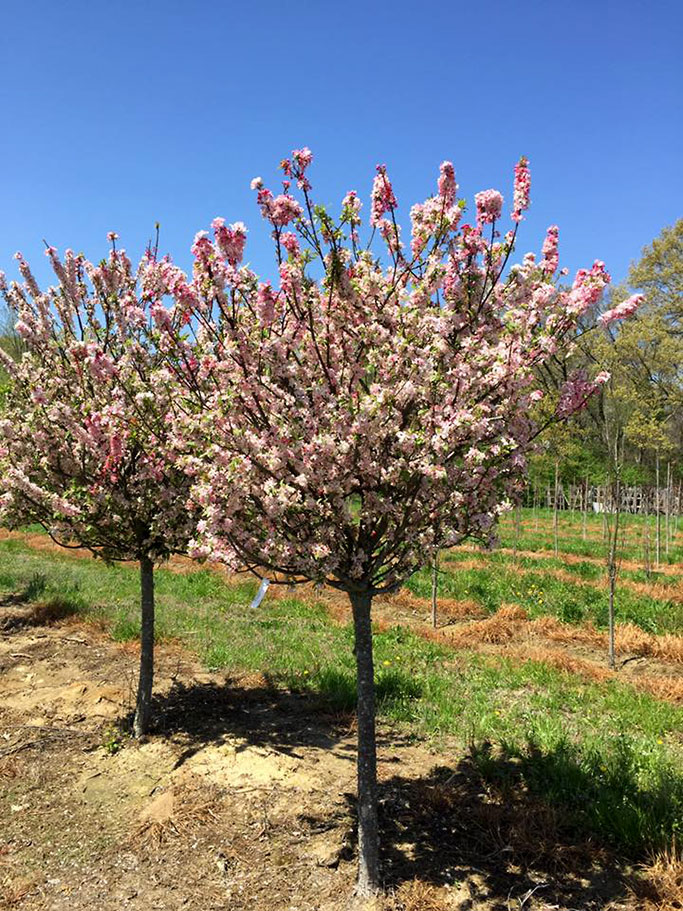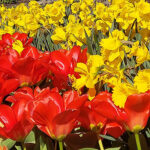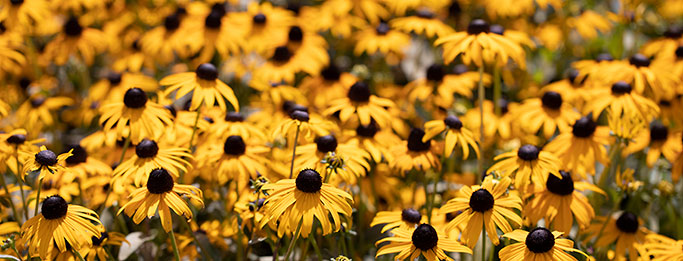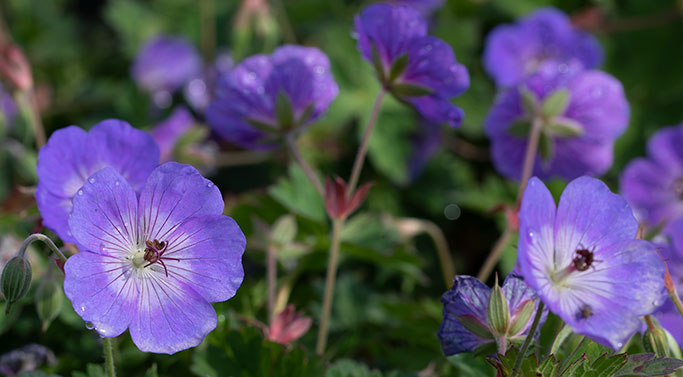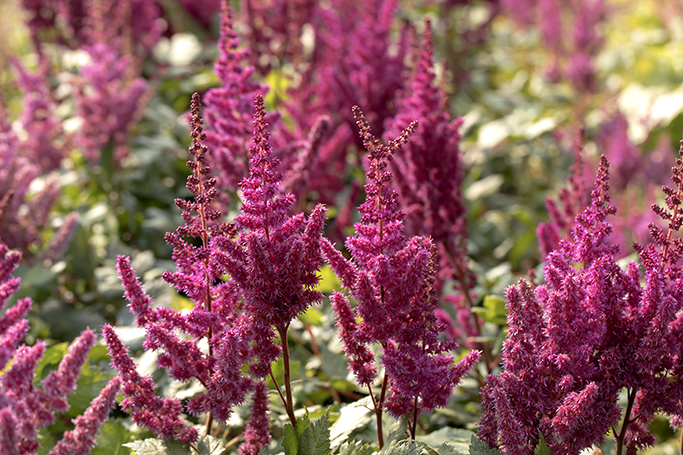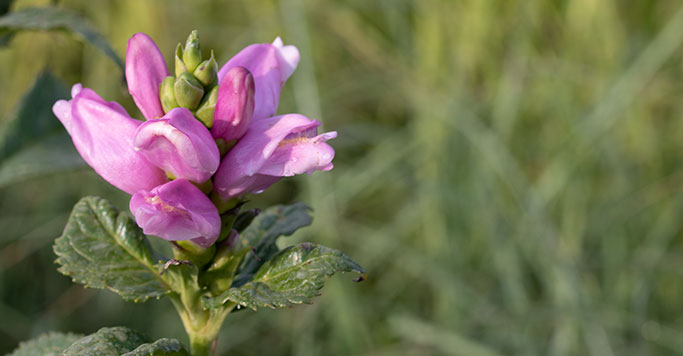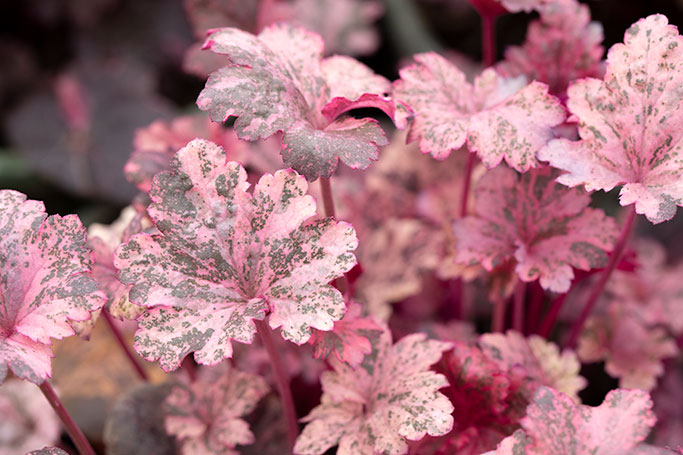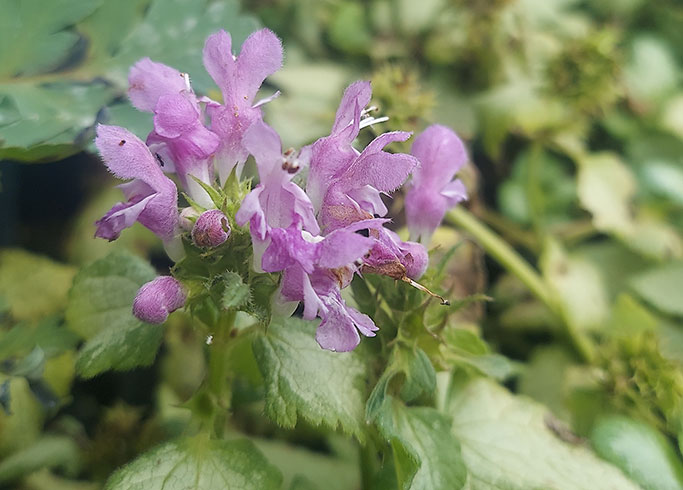Planting for a Cause
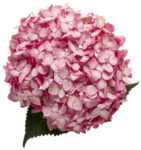
October is Breast Cancer Awareness month. I know, with all the pink popping up, it’s probably hard to forget. Since 1 in 8 women will be affected by this debilitating disease in their lifetime, you may even know someone diagnosed and receiving treatment. While my grandmother fought it twice and was victorious both times, my aunt passed away 12 years ago at the age of 46. As you can see, this cause is very personal to me.

There are many ways to join in the fight against breast cancer, but one of the easiest for people in the horticulture industry is to buy and install the Invincebelle® Spirit II Hydrangea arborescens.
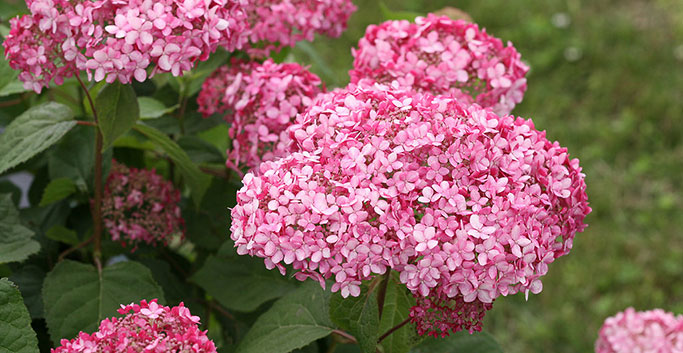
Courtesy of Proven Winners - www.provenwinners.com
The Invincebelle® Spirit II takes the groundbreaking breeding of the original and improves on it with brighter color, more abundant flowers and a stronger rebloom. The entire plant is more compact and bushier with stronger stems.
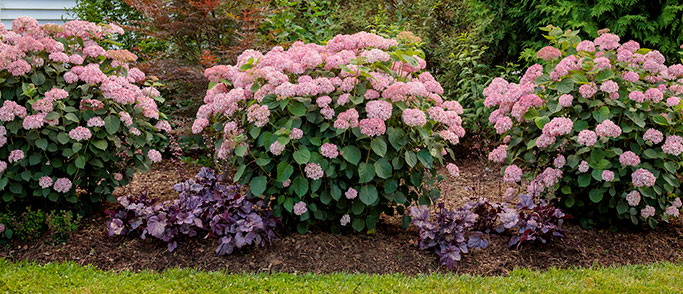
Courtesy of Proven Winners - www.provenwinners.com
The Invincebelle® series is a step forward in arborescens breeding, but what makes Spirit really unique is the mission to eradicate breast cancer. Donating one dollar per plant, Spirit and, now, Spirit II have raised over one million dollars for the Breast Cancer Research Foundation. Myra Biblowit, BCRF President & CEO, has said, “Proven Winners has made a real and tangible impact on advancing breast cancer research—raising over $1 million since 2010 to fund more than 23,000 hours of critical research through BCRF.”
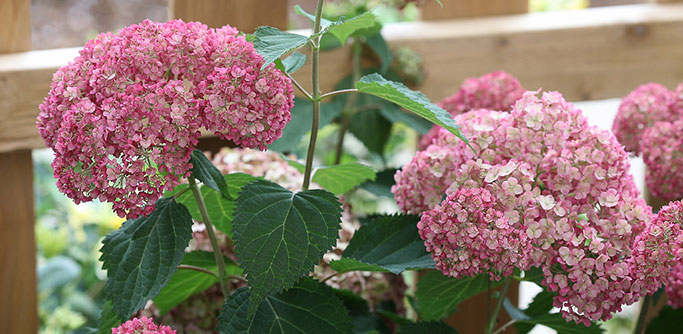
Courtesy of Proven Winners - www.provenwinners.com
Founded by Evelyn H. Lauder in 1993, BCRF-funded investigators have been deeply involved in every major breakthrough in breast cancer prevention, diagnosis, treatment, and survivorship. This year, BCRF will support the work of more than 275 scientists at leading medical and academic institutions across 15 countries, making BCRF the largest private funder of breast cancer research worldwide. BCRF is one of the nation’s most fiscally responsible nonprofits and is the only breast cancer organization in the U.S. with an “A+” from Charity Watch and Charity Navigator’s highest rating of four stars. Proven Winners® is very pleased to be working with the BCRF and plans to continue fighting this deadly disease.
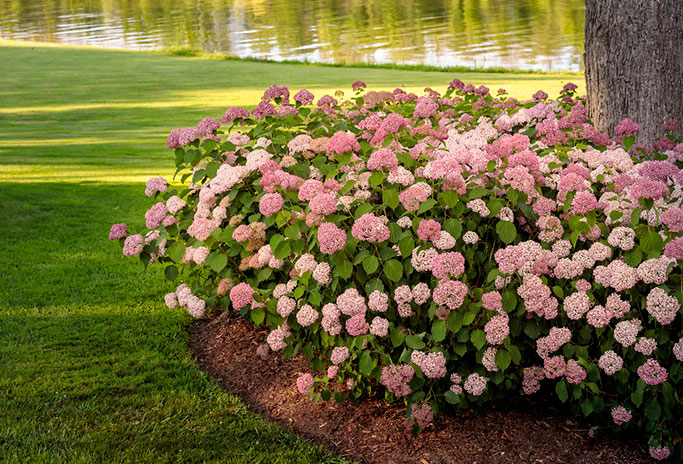
Courtesy of Proven Winners - www.provenwinners.com
Even if this particular cause isn’t close to your heart, it may affect your customers. I chose to plant an Invincebelle® Spirit in my aunt’s memory and have planted even more because the show of color is spectacular. Consider choosing this beautiful variety when installing Hydrangeas. It may mean only a little to you or your customer, but it might mean the world to women affected by breast cancer.


